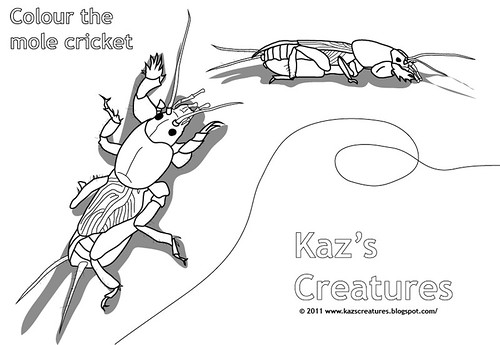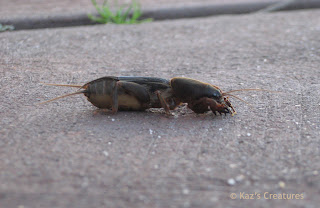Do you notice all the insects around you? If it wasn’t for my family bringing the creatures they notice to my attention I’d miss out on some wonderful experiences.
This week my husband pointed out a tiny butterfly of the Hesperiidae family, resting for the evening on our garage door. With brown/black wings folded back the butterfly was fairly non- descript. It wasn’t until I disturbed it that it opened out its wings to show the beautiful, black and orange banding, delicate feathering on the front area of its wings and body, and tiger stripes on its antennae. Being late in the afternoon the butterfly didn’t make any attempt to fly away and I returned it to the garage door soon after photographing it.

I think I’ve correctly identified the butterfly as a Western Grass-dart (Taractrocera papyria agraulia), one of the few Grass-darts listed as relatively common in the Perth area. They have a wing span of only 2cm and slight colour variations between the male and female butterflies which are often seen on the ground as the caterpillar feeds on various native and introduced grasses.
I am glad my family shares their finds with me. We live in an amazing world, with some beautiful creatures. Have you seen a similar species of butterfly living near you? Do you share the experience with friends and family?










